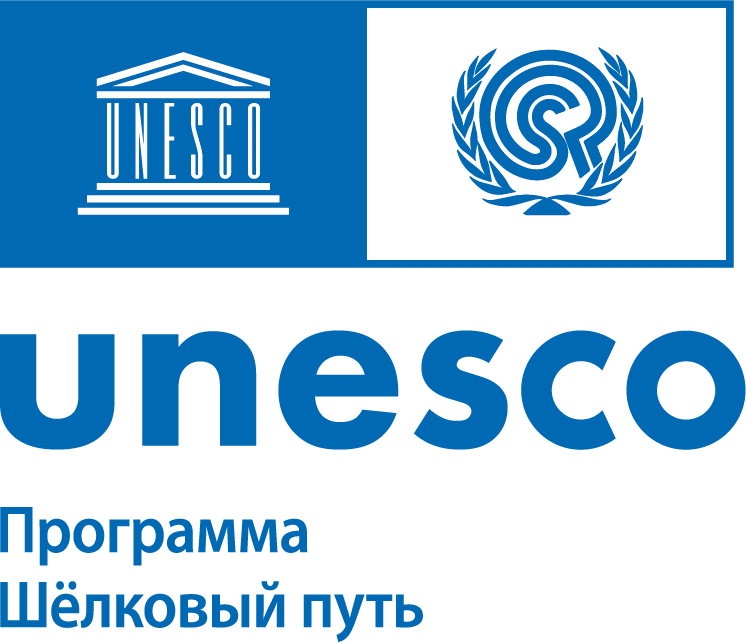Simply put, faith is a strong belief or spiritual conviction. However, its exact definition varies from tradition to tradition around the world. Together, faith and spirituality concern the myriad of ways we understand the world and make sense of our place within it through beliefs, values, expressions, and rituals.
The long history of encounters and exchanges along the Silk Roads is remarkable for many reasons, not least because it includes the emergence and co-existence of a number of the world’s major faiths. Many different systems of belief including Zoroastrianism, Buddhism, Manichaeism, Judaism, Nestorian Christianity, and Islam accompanied the movement of people and goods along these historic trade routes and encountered one another. As a result, the vast regions along the Silk Roads were vibrant spiritual spaces within which beliefs, legends, and rituals were disseminated, influenced one another, and displayed elements of hybridisation.
The spread of the teachings of Buddhism and the founding of five schools of interpretation including the highly influential Mahayana tradition is one of the rich spiritual heritages of the Silk Roads. On reaching China, Buddhism interacted with existing philosophical systems and beliefs, such as Daoism and Confucianism, to create modes of thought still highly influential today. Manichaeism, another example, emerged in West Asia. This gnostic tradition which set out a dualistic view of the world as comprised of good and evil, which incorporated elements from Christianity, Buddhism, and Zoroastrianism, spread to Mesopotamia, the Iranian Plateau, Central Asia, the Indian Subcontinent, and China where it was reinterpreted into local languages. One other notable example of course is the rise of Islam in the Arabian Peninsula during the 7th century CE, which would go on to become the faith of many people along the Silk Roads from West Africa to Southeast Asia and bringing with it principles of law, theology, culture, art, and architecture.
Along the Silk Roads today, evidence of this rich and varied history of interactions can be seen in many places. For this theme of the 4th edition of the Youth Eyes on the Silk Roads contest, young photographers are invited to capture their understanding of the shared heritage of faith and spiritualities and its continued relevance in the contemporary world. Some examples from which photographers may draw inspiration include, but are not limited to:
- Religious architecture and monuments such as temples, mosques, churches, and other sites, especially those representing complex architectural elements from different cultures.
- The role of faith and spirituality in daily life, including the many festivals, rites, and celebrations along the Silk Roads such as Diwali, Eid, Easter, Rosh Hashanah etc.
- Routes of pilgrimage, such as the Way of St James in Galicia, Spain, and the Kumano Kodo pilgrimage routes in Japan, both recognised UNESCO World Heritage routes.
- Religious art including painting and sculpture.

